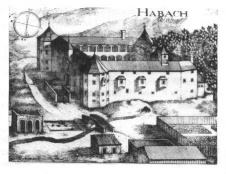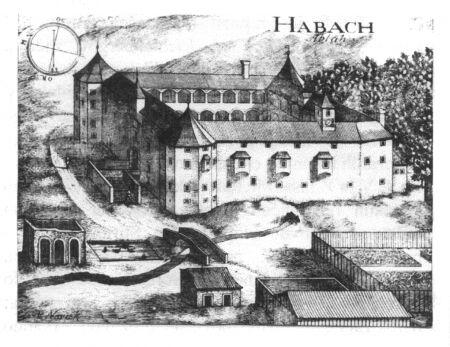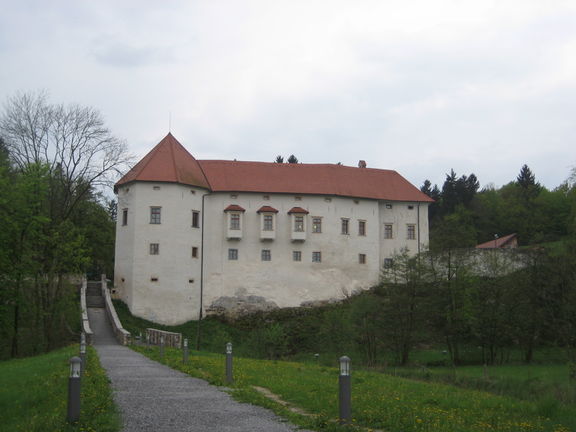Difference between revisions of "Jablje Castle"
Janez Premk (talk | contribs) |
|||
| Line 1: | Line 1: | ||
{{Article | {{Article | ||
| − | | status = | + | | status = WRITING TOPROOFREAD NIFERTIK! |
| maintainer = Janez Premk | | maintainer = Janez Premk | ||
}} | }} | ||
| Line 6: | Line 6: | ||
| name = Jablje Castle | | name = Jablje Castle | ||
| local name = Grad Jablje | | local name = Grad Jablje | ||
| − | | | + | | street = Grajska cesta 1 |
| + | | town = SI-1234 Loka pri Mengšu | ||
| image = Grad Jablje.jpg | | image = Grad Jablje.jpg | ||
| telephone = 386 (0) 1 560 8600 | | telephone = 386 (0) 1 560 8600 | ||
| fax = 386 (0) 1 560 8601 | | fax = 386 (0) 1 560 8601 | ||
| email = cep@cep | | email = cep@cep | ||
| − | | website = http://www. | + | | website = http://www.jable.si/ |
| − | | | + | | managed by = Centre for European Perspective (CEP) |
| contacts = {{Contact | | contacts = {{Contact | ||
| name = Elvin Klobas | | name = Elvin Klobas | ||
Revision as of 13:48, 10 March 2010
The basic construction of the Castle is that of a four-tract, in part subcellar, single-floor building with a semi-attic. The housing tracts surround an interior square arcade yard. Two polygonal towers are attached to the south side of the construction. In the south façade axis is a simple Renaissance portal, above which there used to be a coat of arms of the original owners, the Lambergs. The majority of windows are designed in Baroque style, while some Late Gothic window frames have been preserved in the ground floor. The façade of the south, east and west walls still shows the funnel-shaped Renaissance arrows, which indicates the original defence function of the Castle. The present appearance of the Castle is a result of its rebuilding in the Baroque style and various later reconstructions. The arcade yard was built at the beginning of the 17th century. Following the earthquake in 1895, some stone pillars in the floor of the arcade hall were replaced by cast iron ones. The ground floor rooms are mostly arched, and the ceilings in the first floor were made of wood and plastered, decorated with modest Baroque stuccoes. A Renaissance wooden ceiling was discovered in the south and west tracts, under the Baroque plastered ceiling. The stairway to the first floor is designed in Baroque style and has wooden balustrades.
The ceremonial dining room, situated in the first floor of the southeast tower, was painted by Baroque fresco painter France Jelovšek in 1745. Parts of paintings, particularly in window walls, have also been preserved in other rooms, but are of lesser quality and were most probably painted by the Jelovšek workshop. Baroque-style intarsia parquet has also been preserved in rooms of the first floor. The Castle was richly furnished, but the furniture has regrettably not been preserved, with the exception of painted wallpaper used in decorating rooms of the first floor. Following the Second World War, monument conservationists decided to give the wallpaper into the custody of the National Museum.
Barns, outbuildings, woodsheds, ice house, wheeler workshop and carriage shed, which used to be situated inside the castle wall have not been preserved. There was a chestnut avenue connecting Loka pri Mengšu and the Castle. The pathway leading over a small bridge and up a stone stairway was decorated in the upper part with a cast iron pergola and a wisteria planted in it. The Castle was once surrounded by lush parks; a fishpond near the castle, a stony well and individual parts of a stone park wall formerly situated beneath the front side of the garden have been preserved. Both stables and the drying rack typical of the Dolenjska region and known as ‘toplar’ have been preserved in the lower part of the former castle estate.





